Four-thousand days and counting. That’s how long NASA’s Curiosity Rover has been exploring Mars after its historic landing on Aug. 5, 2012. Despite the harsh Martian environment and over a decade of wear and tear, the robotic scientist is still going strong, collecting valuable data to understand the planet’s history and climate evolution.
The recent milestone comes after Curiosity drilled its 39th sample, pulverizing the rock and preparing it for detailed analysis. This particular sample was collected from a location known as “Sequoia,” part of the rover’s ongoing mission to gradually ascend the base of the 3-mile-tall Mount Sharp, located in Gale Crater.
Scientists have chosen this location to gain insights into how ancient Mars may have supported microbial life and how its climate evolved over time. The rock samples collected from Mount Sharp’s layers, which formed during different periods of Martian history, offer a valuable record of these changes.

“The types of sulfate and carbonate minerals that Curiosity’s instruments have identified in the last year help us understand what Mars was like so long ago. We’ve been anticipating these results for decades, and now Sequoia will tell us even more,” says Ashwin Vasavada, Curiosity’s project scientist at NASA’s Jet Propulsion Laboratory in Southern California, which leads the mission, in a statement.
One of the significant discoveries from Curiosity’s recent exploration is the presence of a magnesium sulfate mineral called starkeyite, which is linked to extremely dry climates like Mars’ modern environment. Researchers believe that as Mars dried up billions of years ago, sulfate minerals formed in salty water, eventually transforming into starkeyite as the planet’s climate continued to change.
Despite the challenges and time spent exploring Mars, Curiosity remains resilient. Engineers are currently addressing an issue with one of the rover’s Mast Cameras. The left camera’s filter wheel has been stuck between filter positions since Sept. 19 of this year, affecting the mission’s raw images. The team is working to nudge the filter wheel back to its standard setting, but if they can’t fully resolve the issue, it may affect the rover’s primary color-imaging system.
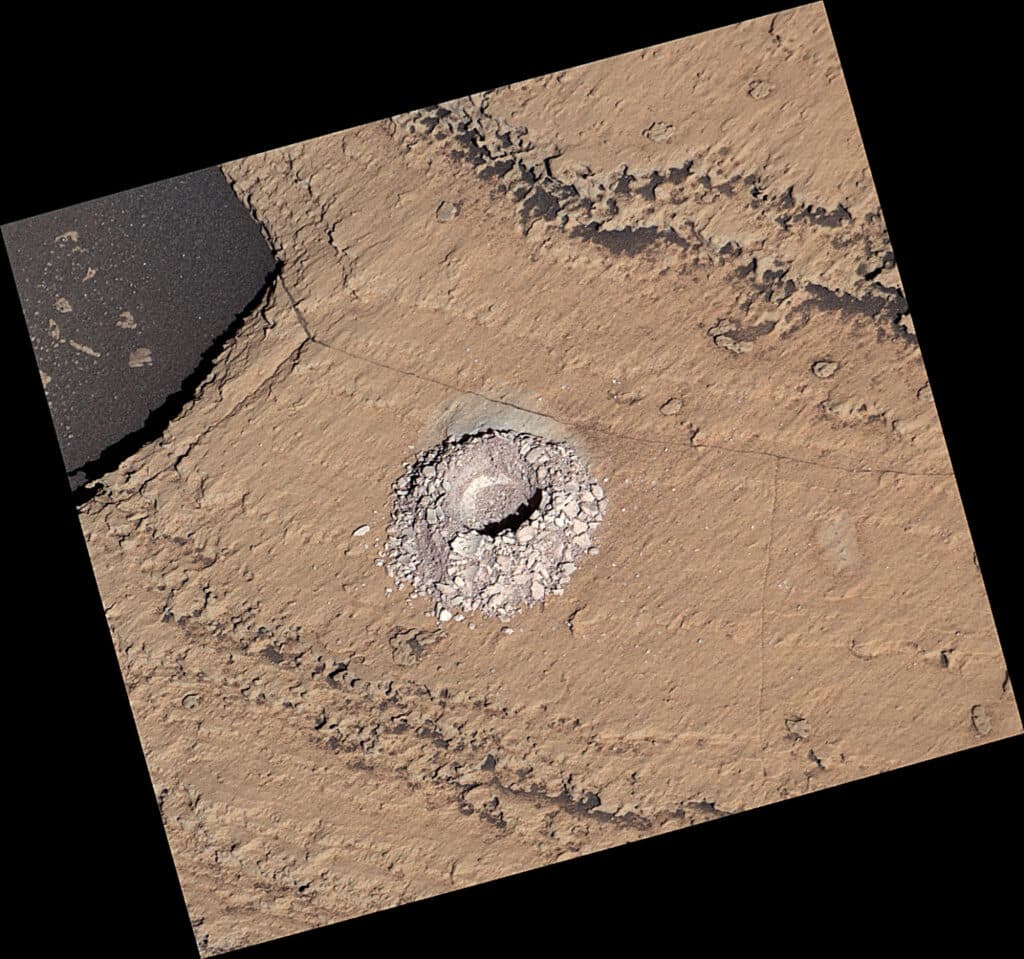
Nonetheless, Curiosity’s nuclear power source continues to provide sufficient energy for its operations, and the team has overcome various challenges related to the rover’s drill system and robotic-arm joints. Software updates have improved the rover’s performance and reduced wheel wear, ensuring that Curiosity remains a robust and valuable asset in the exploration of Mars.
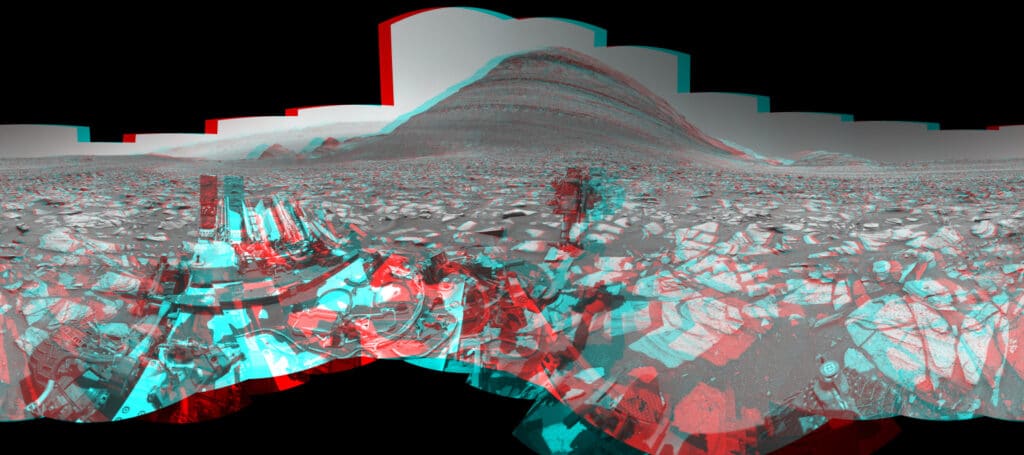
As the team prepares for a break during the upcoming solar conjunction, where Mars will be temporarily behind the sun, they remain optimistic about Curiosity’s future exploration endeavors. This remarkable rover continues to be a vital tool in unraveling the secrets of our neighboring planet.
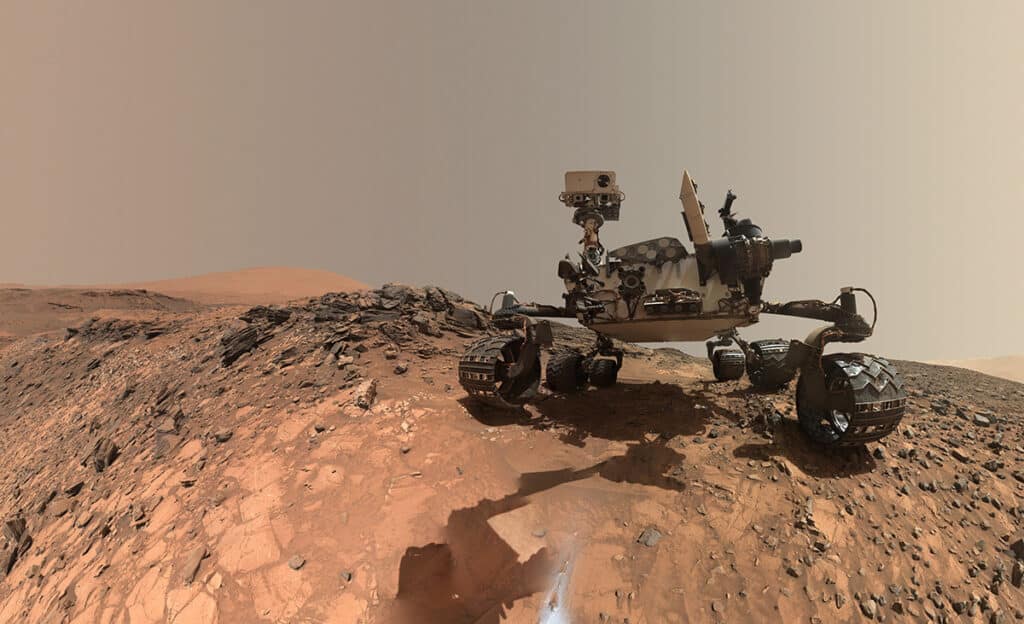


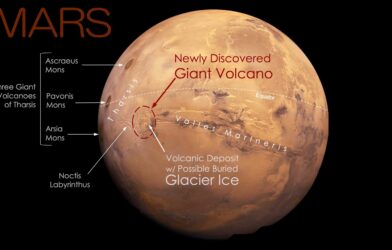
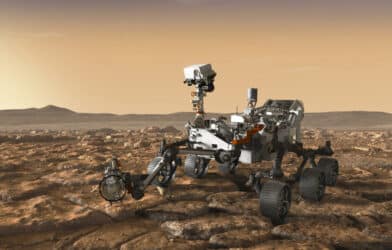
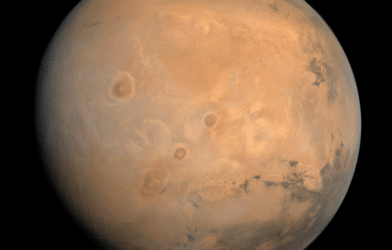
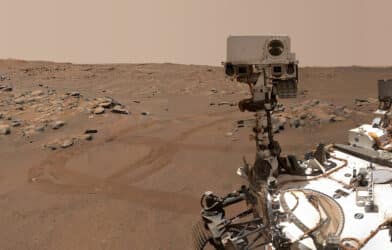






The Martian mechanics popping up to clean and service the lander are much, much better than the locals.